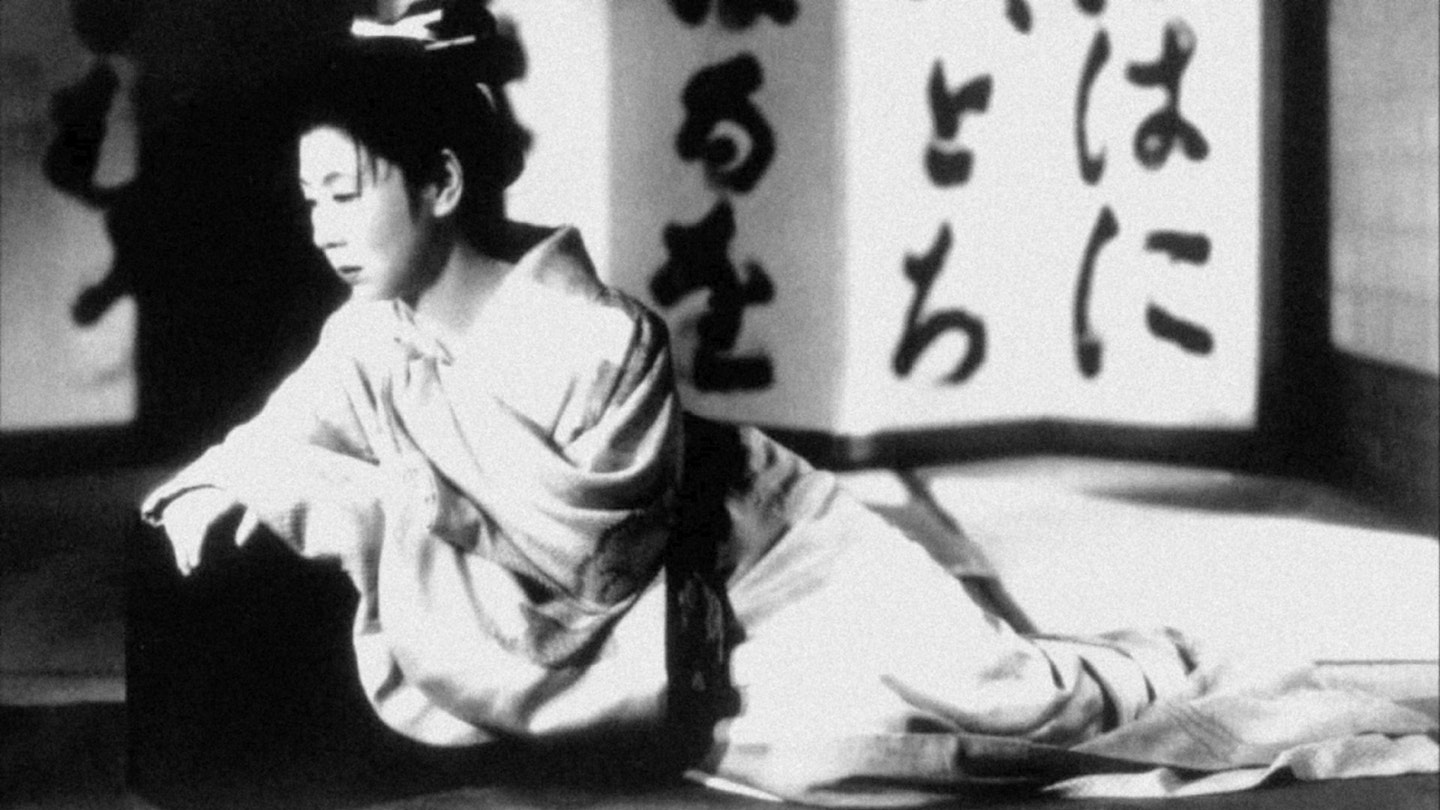In 1950, after a five-year struggle, Kenji Mizoguchi quit Shochiku Studios for refusing to finance his proposed adaptation of Saikaku Ihara's 1686 picaresque novel, Life of an Amorous Woman. By the time he finally got to make it - allegedly as a riled response to the West's vaunting of Akira Kurosawa's Rashomon - he had completed three more studies of the subjugation of Japanese women, A Picture of Madame Yuki , Miss Oyu and Lady Musashino. Consistently reflecting his admiration for the sister who had raised him, these films demonstrated a unique insight into the female psyche and an unflinching appreciation of society's chauvinism.
Shot in a bombed-out park, where the schedule was dictated by the passing of trains, this is a remarkable blend of realism and melodrama, castigation and compassion. Oharu's endless round of disappointments, betrayals and abuses are flecked with moments of fleeting happiness to make her empathetic rather than pitiable and her strength and durability are subtly conveyed by the excellent Kinuyo Tanaka. But, the power of her performance also owes much to Mizoguchi's affecting camerawork, which uses long takes and long shots to keep a discreet distance from Oharu's sufferings, while also following the action to suggest a commiseration with her plight.
However, this isn't just a chronicle of female misfortune. Mizoguchi also exposes the carelessness and cruelty of the men in Oharu's life as a means of exploring the national character that brought about the militarist era that culminated in the Second World War. Thus, by using the conventions of the jidai-geki (or historical drama), he was able to denounce the patriarchal arrogance that saw Oharu sold into prostitution by her father, Shinzaemon (Ichiro Sugai), and exploited by the men who pester her at both the Shimabara house and the Buddhist convent.
The product of obsessive perfectionism (with the countless retakes driving the budget up to an unprecedented 46 million yen), the film did poor business in Japan. However, it helped secure Mizoguchi an international reputation when it shared the Silver Lion at Venice with John Ford's The Quiet Man.
